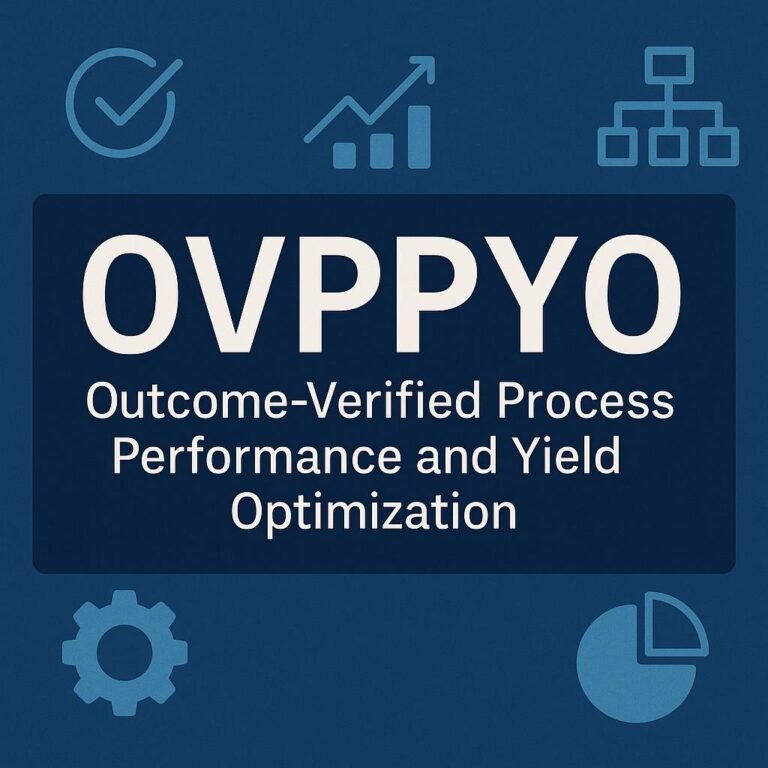Tech Talk Silk Test: The Ultimate Guide to Enterprise Automation
Tech Talk Silk Test is a specialized automated testing framework designed for enterprise-grade software validation. It streamlines regression testing, functional verification, and UI automation across multiple platforms. Organizations integrate Silk Test to improve release speed, reduce manual effort, and ensure consistent software quality.
Unlike open-source alternatives, Silk Test delivers a vendor-backed ecosystem with enterprise reliability. It supports both technical testers and business analysts through script-driven and keyword-driven frameworks.
What is Silk Test?
Silk Test is a functional and regression testing solution created to automate test execution for desktop, web, and mobile applications. It ensures application stability by validating critical workflows across environments.
Key attributes include:
-
Proprietary 4Test language for script development.
-
Record-and-playback functionality for non-coders.
-
Advanced object recognition engine for dynamic UIs.
-
Native support for data-driven testing.
Architecture of Silk Test:
Silk Test uses a client-server model. The architecture includes:
-
Silk Test Host: Environment for creating and managing test cases.
-
Silk Test Agent: Execution service running on remote machines.
-
Silk Recorder: Captures user actions to build automated scripts.
-
Silk Runtime Engine: Interprets 4Test or VB.NET code.
-
Repository Database: Stores scripts, results, and reports.
This structure enables distributed execution across multiple devices and operating systems.
Core Features of Silk Test:
Silk Test provides an extensive toolkit for enterprises:
-
Cross-Browser Validation – Supports Chrome, Firefox, Edge, and Internet Explorer.
-
Multi-Platform Coverage – Tests Windows, Linux, iOS, and Android.
-
CI/CD Integration – Compatible with Jenkins, Bamboo, and Azure DevOps.
-
Keyword-Driven Approach – Allows analysts to design cases without coding.
-
Parallel Test Execution – Runs multiple test cases simultaneously.
-
Dynamic Object Recognition – Identifies and handles frequently changing UI elements.
-
Data-Driven Testing – Uses spreadsheets or databases for varied input scenarios.
-
Reporting and Analytics – Provides dashboards with real-time defect tracking.
Advantages of Silk Test:
Enterprises adopt Silk Test for measurable benefits:
-
Reduce regression testing cycles by up to 60%.
-
Achieve consistency with reusable scripts.
-
Increase test coverage across applications.
-
Minimize defects in production environments.
-
Enable collaboration between QA teams and business units.
Challenges in Using Silk Test:
Despite its strengths, Silk Test presents limitations:
-
High Licensing Cost compared to Selenium or Appium.
-
Steep Learning Curve for mastering 4Test.
-
Resource Intensive for large-scale test environments.
-
Limited Open-Source Community for peer support.
Use Cases of Tech Talk Silk Test:
Silk Test is deployed in industries requiring strict compliance and reliability:
-
Banking and Finance – Validates transaction workflows and online banking.
-
Healthcare – Tests electronic medical record (EMR) systems.
-
Government – Ensures regulatory compliance in public sector applications.
-
Retail – Validates point-of-sale systems and e-commerce platforms.
-
Telecommunications – Automates billing and customer management systems.
Silk Test vs Selenium: Quick Comparison
| Feature | Silk Test | Selenium |
|---|---|---|
| Licensing | Proprietary (paid) | Open-source (free) |
| Languages Supported | 4Test, VB.NET | Java, Python, C#, Ruby |
| Object Recognition | Built-in advanced engine | Relies on locators |
| Ease of Use | Record-playback + scripting | Coding required |
| Vendor Support | Full enterprise support | Community-driven |
| Integration | CI/CD + lifecycle tools | CI/CD + lifecycle tools |
| Ideal Use Case | Enterprise-grade testing | Cost-effective automation |
Best Practices for Silk Test Implementation:
To implement Silk Test effectively:
-
Ensure dedicated test environments for distributed execution.
-
Create reusable libraries for common test functions.
-
Use keyword-driven frameworks for collaboration.
-
Integrate Silk Test into CI/CD pipelines early.
-
Regularly maintain object maps for dynamic applications.
Future of Tech Talk Silk Test:
Silk Test is evolving with:
-
AI-Driven Object Recognition to adapt to modern UI frameworks.
-
Cloud-Based Execution for scalability.
-
Robotic Process Automation (RPA) Integration to extend coverage.
-
Shift-Left Testing enabling earlier defect detection in development cycles.
FAQs About Tech Talk Silk Test:
What is Tech Talk Silk Test used for?
Tech Talk Silk Test automates functional, regression, and UI testing for enterprise applications across desktop, web, and mobile environments.
How does Silk Test differ from Selenium?
Silk Test is a proprietary enterprise tool with advanced object recognition and vendor support, while Selenium is open-source and code-centric.
Can Silk Test handle mobile testing?
Yes, Silk Test supports Android and iOS, enabling automated testing for both native and hybrid mobile applications.
What industries rely on Silk Test?
Banking, healthcare, government, retail, and telecommunications industries use Silk Test for compliance, reliability, and large-scale automation.
Does Silk Test integrate with DevOps pipelines?
Yes, Silk Test integrates seamlessly with CI/CD tools like Jenkins, Bamboo, and Azure DevOps, supporting automated builds and deployments.
Learn More:Eolaneday: Origins, Traditions, and Modern Significance
Conclusion:
Tech Talk Silk Test stands out as a powerful enterprise automation tool. It ensures higher accuracy, greater coverage, and streamlined release cycles. While it demands investment and training, Silk Test offers unmatched reliability in regulated and mission-critical industries.







